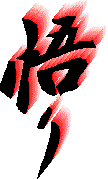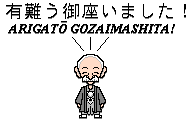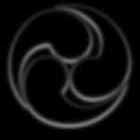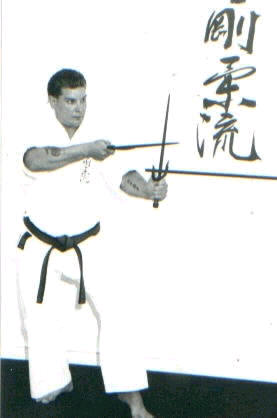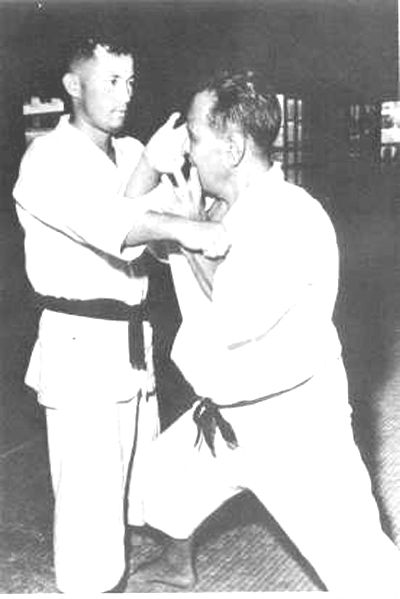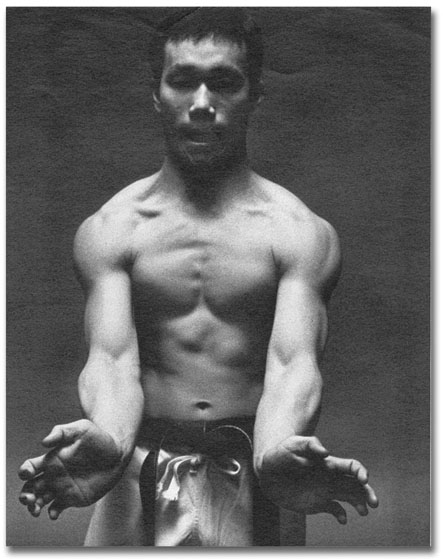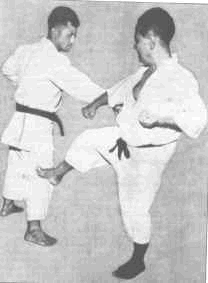It is interesting how coincidental things are. I have been covering the topic of
the change that was made to the kanji used for KaraTe, and the reasons for the
change.
If you have been watching the news lately, you have seen
the protest demonstrations in China, because of the covering up of Japanese war
crimes.
http://www.chinadaily.com.cn/english/doc/2005-04/17/content_434871.htm
The original kanji for KaraTe “TODe,” meant China Hand.
This made sense, because the martial arts of Okinawa, are offshoots of what was
either brought to the Ryu Kyu Islands by Chinese missionaries, merchants,
pirates, etc, or brought back from China by various Uchinanjin “Okinawans, who
had traveled to China “usually the Fukien province,” to study. This was mixed
with the indigenous Okinawan art of Te = hand.
When KaraTe was introduced to mainland Japan by the likes
of Miyagi, Funakoshi, Motobu, etc., some of the Japanese people felt it to be in
poor taste to practice an art that bore the name of an enemy country, thus the
change to the kanji meaning empty in leu of China.
This type of racial prejudice carried over to more modern
times in KaraTe, as for example when my teacher Grand Master Peter Urban, first
traveled to Japan as a young Navy man, not long after the 2nd World
War. He himself told me of his being brutalized by his Japanese dojo mates, who
in their minds, thought of my teacher as being personally responsible for their
friends and relatives that were killed during the war.
When GMstr. Urban first brought GoJu KaraTe back to the
USA, there were many who were put off by the fact that GoJu came from Japan.
Many equated it with the Pearl Harbor attack, and friends and family lost during
the 2nd World War.
Back to Japan: After KaraTe had been accepted in Japan, the
belt ranking system that originally was devised by JuDo founder Jigoro Kano, was
adopted, and Dai Nippon BuTokuKai, “Great Japan Martial Virtues Organization,”
“the head organization in Japan for various martial arts” granted rankings to
various Okinawan karateka. Incidentally, the first Kyoshi grade that came from
ButokuKai to an Okinawan, was given to our own Chojun Miyagi founder of Okinawa
GoJu Ryu.”
The Japanese gave higher rankings to native Japanese
instructors than to the people indigenous to where KaraTe came from = The
Okinawans. This caused the Okinawan Ryus to form their own organizations and
give their own rankings.
Side note: Chojun Miyagi never granted dan ranking to
anyone. He believed that only a member of the royal family could grant ranking,
and even got angry when, late in his life, he was asked by his top students
about their adopting the ranking system and being granted yudansha “black belt,”
grades. However, two of Miyagi’s students Jinan Shinzato who was his senior
student, later killed in the war, and Seiko Higa who was the next senior, were
awarded Renshi gradings by ButokuKai.
The person that Chojun Miyagi left in charge of GoJu when
he returned to Okinawa after having visited a few times teaching at RitsumeiKan
University among other places, was Gogen Yamaguchi, “GMstr. Urban’s teacher.”
During, and after the 2nd World War, Miyagi and Yamaguchi lost
contact due to the obvious hardships of life during wartime.
Yamaguchi was granted 10th Dan by the Dai
NipponButokuKai, and recognized as style head of the Dai Nippon GoJu Kai.
Back to the USA: After GMstr. Urban had developed a huge
following of yudansha of his own, many with their own schools, he traveled back
to Japan to attend a taikai in which he was supposed to receive a promotion to
6th Dan. Even though Urban excelled during his participation at the
Taikai, his promotion was not to be, however Yamaguchi Sensei’s son Gosei, who
was soon to come to the US, was promoted.
GMstr. Urban went to Yamaguchi Sensei’s table and requested
Yamaguchi’s blessings to form his own USA GoJu organization thus becoming its
Grand Master.
Yamaguchi’s reply, quoting from BuShiDo, was, “No GaiJin
“non oriental” can ever reach nirvana “total enlightenment.
Urban’s reply was,”But Sensei, according to BuShiDo, Japan
can never lose a war!”
Hence the returning to the table later of
Urban, to attempt cutting off his pinkey as a show of old school apology, being
squelched by the Yamaguchi sons, and his return to the US, to subsequently form
USA GoJu and for a time, go back under the organization of and receive
promotions from his original teacher Richard Kim, who incidentally was head of
the BuTokkuKai in the West.
So, the same national pride, and ethnic prejudice, have
come a long way.
This brings to mind, the story of my first meeting Grand
Master Arakaki when I was stationed in Okinawa as a young United States marine.
See Arakaki story: Soon to follow in a future posting



